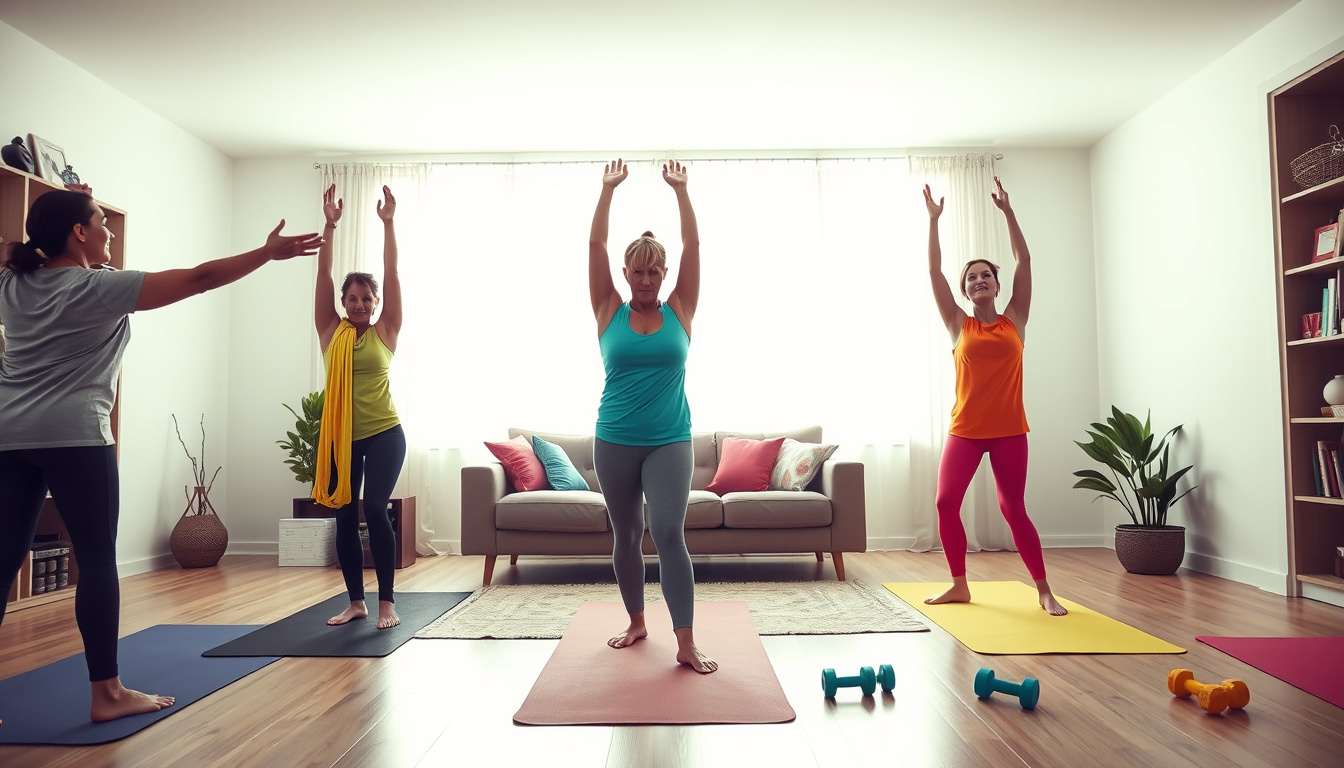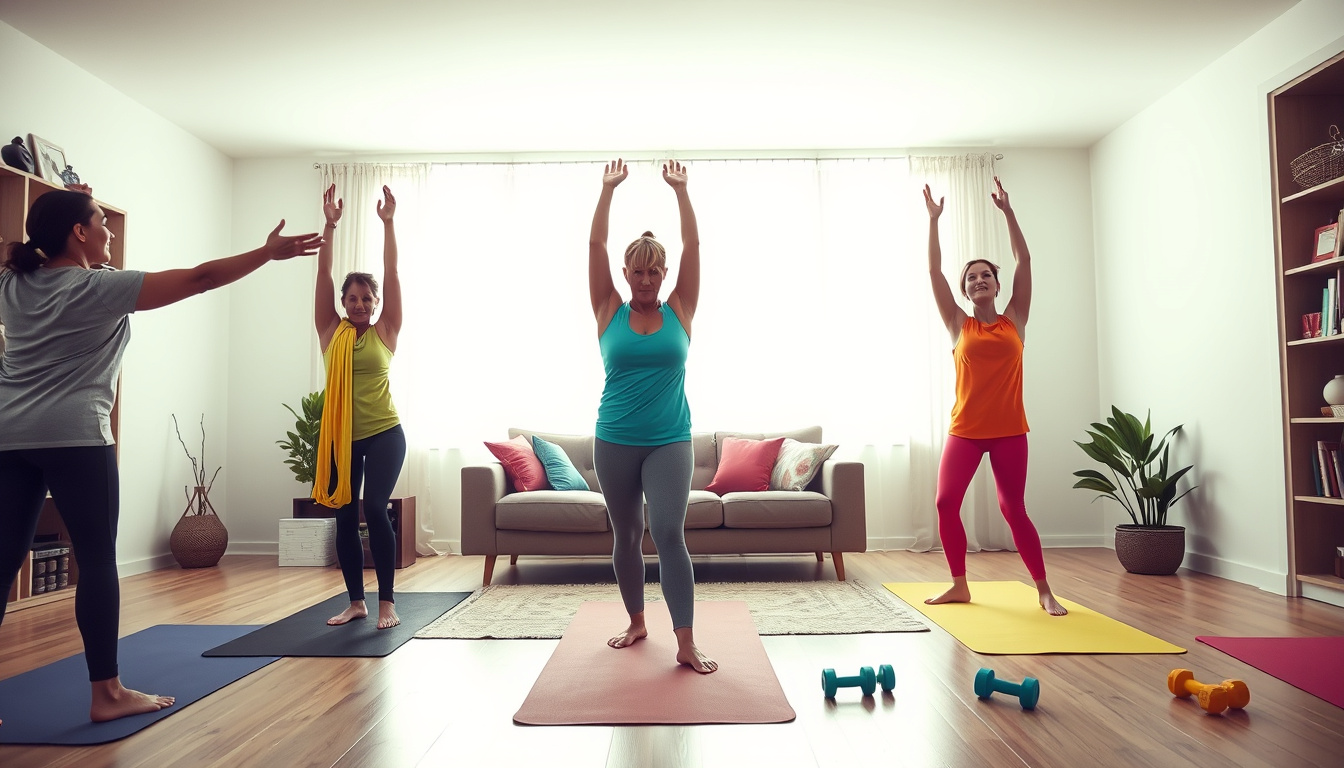Maintaining an active life helps your overall health. When you face an injury, a home workout plan may feel hard to start. With the right ideas, you can keep moving even when times are tough. This article gives home fitness tips for people with injuries. It shows how to work out safely, stay driven, and keep up with your routines.
Understand Your Limitations
Before you start a home fitness plan, learn about your injury. See a doctor or physical therapist for a clear view. They point out moves you must skip and moves that are safe. This step stops more harm to your injury and guides you toward exercises that aid healing.
Gentle Exercises for Rehabilitation
When you feel ready for home workouts, try these gentle moves:
- Stretching: Slow stretching helps muscles stay loose and ready.
- Isometric Exercises: Squeeze your muscles without moving your body. This works well in recovery.
- Swimming or Water Aerobics: In a pool, you work your whole body without joint stress.
- Seated Workouts: Try leg lifts, chair yoga, and light upper-body moves while sitting.
Focus on Low-Impact Activities
For home fitness with injuries, moves that put little stress on your body work best:
- Walking: A smooth floor and good shoes make walking safe and simple.
- Cycling: Stationary biking lets you choose your pace and builds strength.
- Yoga and Pilates: These moves build balance and strength, and you can adjust them if needed.
Listen to Your Body
A key tip in home workouts is to note how your body feels. If a move brings pain or stress, stop or change your routine. It is important to tell the difference between normal workout strain and pain that warns you of injury.
Use Support Equipment
Using the right equipment helps your home workout routine. Consider these items:
- Resistance Bands: They work with your body to add a gentle push or challenge.
- Foam Rollers: Roll over tight muscles to help ease aches.
- Stability Balls: They help you work on balance and core strength safely.
Set Realistic Goals
Set small, real goals when you work out with an injury. Focus on small steps rather than returning to previous routines. You might add a few extra minutes of movement, increase your range slowly, or feel more at ease doing daily tasks.
Connect with a Community
Even if you work out at home, share your journey with others. Join online groups, chats, or classes for people with injuries. Connecting with peers can bring support, new ideas, and a sense of belonging.
Conclusion
Home workouts for people with injuries work with a clear plan and the right tools. Know your limits, choose moves that put little stress on your joints, and always listen to your body. With careful steps and self-kindness, you can stay active as you heal. Over time, you will grow stronger and tougher.




